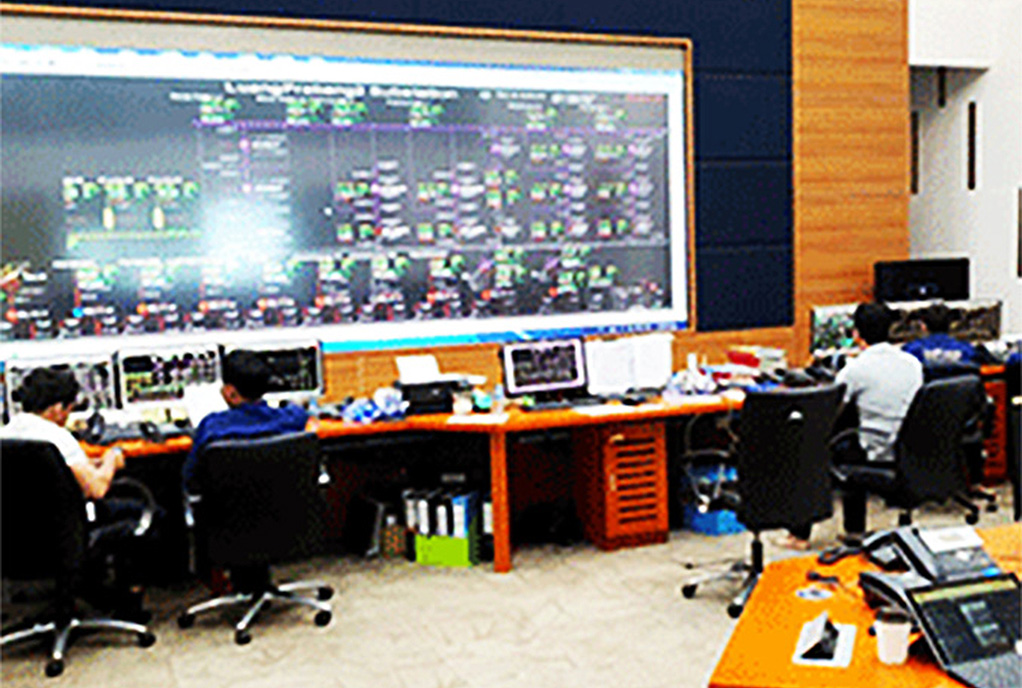
Laos Electric Grid Black Start Info by Hobo Maps - - - HOME
The image and content below is largely based on Vientiane Times free content article March 24, 2021.
When an electric power grid crashes and goes “black” it is necessary to have a way to restart the system in a rapid and orderly manner. Problems arise because the computers and electric control systems of a hydropower plant don’t have electric power available for a restart of the generators and other heavy equipment. Hydropower plants also need enough electric power to open the intake gates and provide excitation current to the generator field coils.
To provide a remedy, one of the power-generating plants in the grid needs to be designed and equipped with self-starting capability (often with a diesel generator) to be able to restart itself and then gradually send its power out through transmission lines and substations to restart other units in the grid. The recovery range is gradually expanded and finally the whole system is restored and powered as normal.
In the past, whenever the Lao power grid collapsed, it had to rely on Thailand to transmit power in to gradually restore operation. It could not recover by itself and the recovery time was too long.
Since the new Laos-China Railway system is reliant in part on power generated by the Nam Ou Hydropower Plants, these plants have been designated, designed and equipped as the main units for a restart of the Laos grid system. The Nam Ou 3 hydropower plant has a large single-unit capacity and self-starting ability so it has been designated as the key unit to restart a failed grid system.
Image below of Officials from Nam Ou 3 and EDL conducting a black start test March 2021:

In case of grid failure, the Nam Ou 3 HPP will start its emergency power diesel generator to start the Nam Ou 3 unit and restore full power supply. Then it will recharge and increase the voltage to the 230kV transmission line and the main transformer of the Pakmong 2 substation. After the voltage is stabilised, power from the Pakmong 2 substation will be restored to the Pakmong 1 substation and a small load of 22kV restored in the vicinity. When the load reaches about 3MW, the Pakmong 2 substation will be notified to supply power to the Luang Prabang 2 substation. After the 230kV line and main transformer of the substation are charged, the electricity used in the vicinity of Luang Prabang 2 substation will be restored and a small amount of load sent out. Finally, Luang Prabang 2 substation and Xayaboury (115kV) substation and Hinheup (230kV) substation will be connected to the power grid simultaneously. From there the restoration process continues expanding out in a similar manner.
Close attention needs to be made to voltage and frequency changes during the restoration process with timely adjustments made to quickly and orderly deliver power to the grid.
In March 2021 a successful test of this black restart system was made by Nam Ou River Basin Hydropower Company (NOPC) and Electricity du Laos (EDL). The results were analysed and summarized into a rectification plan that will be used to revise the black-start plan of the power grid, shorten the recovery time and effectively improve the power grid’s black self-rescue ability.
This test provided real, effective, and reliable actual combat data to form an emergency response model for accidents. The test results will also be used to strengthen program training to enable dispatchers to truly understand the program, achieve “a plan in mind”, effectively improve the ability to respond to emergencies and quickly restore the control ability of the power grid.